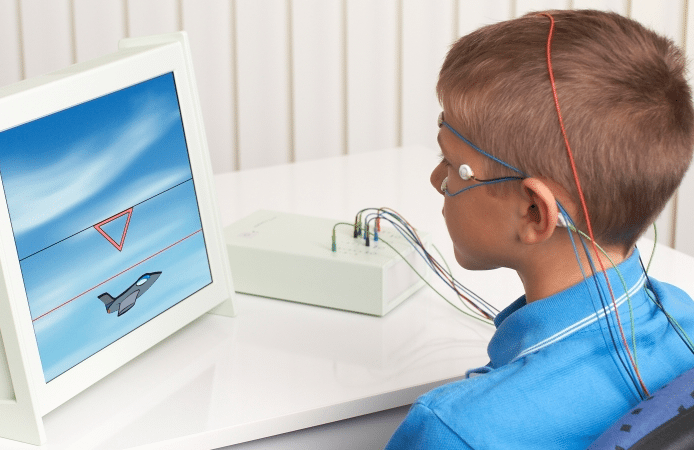Utilizing the Power of Bio-Feedback to Transform Persistent Pain Management and Improve Quality of Living
Utilizing the Power of Bio-Feedback to Transform Persistent Pain Management and Improve Quality of Living
Blog Article
Chronic pain is a condition that impacts countless of people across the globe. It can be triggered by various factors, including traumas, diseases, or even stress. For many patients, managing chronic pain can be a daily challenge that impacts their standard of life. Conventional treatments often include drugs, physical therapy, and sometimes surgery. However, these approaches do not always provide the alleviation that patients desire. Recently, biofeedback has emerged as a promising alternative for controlling chronic pain and improving overall health.
Biofeedback is a method that teaches patients how to control specific bodily functions by utilizing signals from their own physiology. This method involves using sensors that track physiological responses such as heart rate, muscle tension, and skin temperature. By providing immediate feedback, patients can discover to recognize their body's reactions to pain and stress. This awareness allows them to formulate strategies to manage their pain more efficiently. For example, if a patient notices that their muscle tension rises when they are in pain, they can practice relaxation techniques to help alleviate that tension.
One of the key advantages of biofeedback is that it enables individuals to take an active role in their pain management. Instead of relying solely on medications or treatments from healthcare providers, individuals can learn to understand and control their own physiology. This feeling of control can lead to enhanced confidence and a more optimistic outlook on life. Many individuals indicate feeling more in control of their pain and less Learn More like sufferers of their syndrome. This change in mindset can substantially enhance their standard of life.
Research has demonstrated that biofeedback can be effective in reducing chronic pain symptoms. Studies suggest that patients who use biofeedback techniques often experience less pain and improved physical function. Additionally, biofeedback can help reduce anxiety and stress, which are common concerns for those living with chronic pain. By addressing both the physical and emotional aspects of pain, biofeedback offers a holistic approach to pain management. This comprehensive method can lead to superior outcomes for individuals, allowing them to participate more completely in their routine activities.
In summary, biofeedback is a significant tool for revolutionizing chronic pain management. By teaching individuals to understand and control their physiological responses, biofeedback empowers patients to take charge of their pain. This method not only helps alleviate pain but also improves overall standard of life. As more individuals look for options to traditional pain management methods, biofeedback stands out as a promising option. With continued investigation and recognition, biofeedback could turn into an integral part of chronic pain therapy, helping individuals lead healthier, more fulfilling lives.